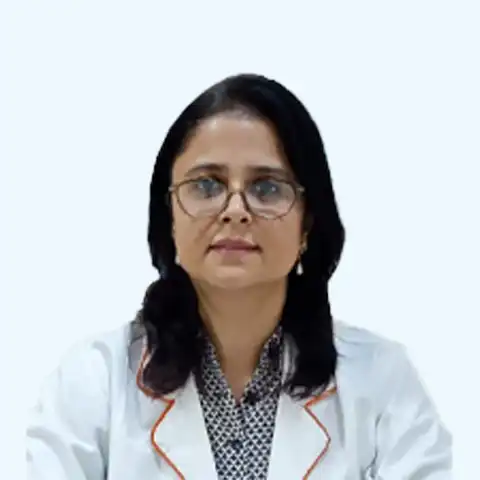Treatment
Your gynaecologist will suggest you treatment based on your:
Symptoms
The severity of the disease
Will to conceive/become pregnant
Based on these points, your gynaecologist will suggest the following treatment:
1)Medicinal treatment: This involves hormone-based treatments such as pills or IUD (intrauterine device) or implants and pain-killer medicine. These hormone-based treatments lower the pain and reduce endometrial cell growth. However, this treatment only works as long as you take them; therefore, there are chances that endometriosis will return.
2)Laparoscopy excision therapy
In this surgery, your doctor will make a small cut in the abdomen. Through this cut, your doctor will insert a laparoscope (thin fibre-optic tube) with a lens that helps your doctor see the ovaries, uterus, peritoneum, and tubes. The doctor removes the endometriosis tissue through this cut without removing the reproductive organ or any normal tissue.
3)Hysterectomy: This surgery is performed in severe cases. In this surgery, the endometrial tissue and the uterus, with or without ovaries are removed.





























